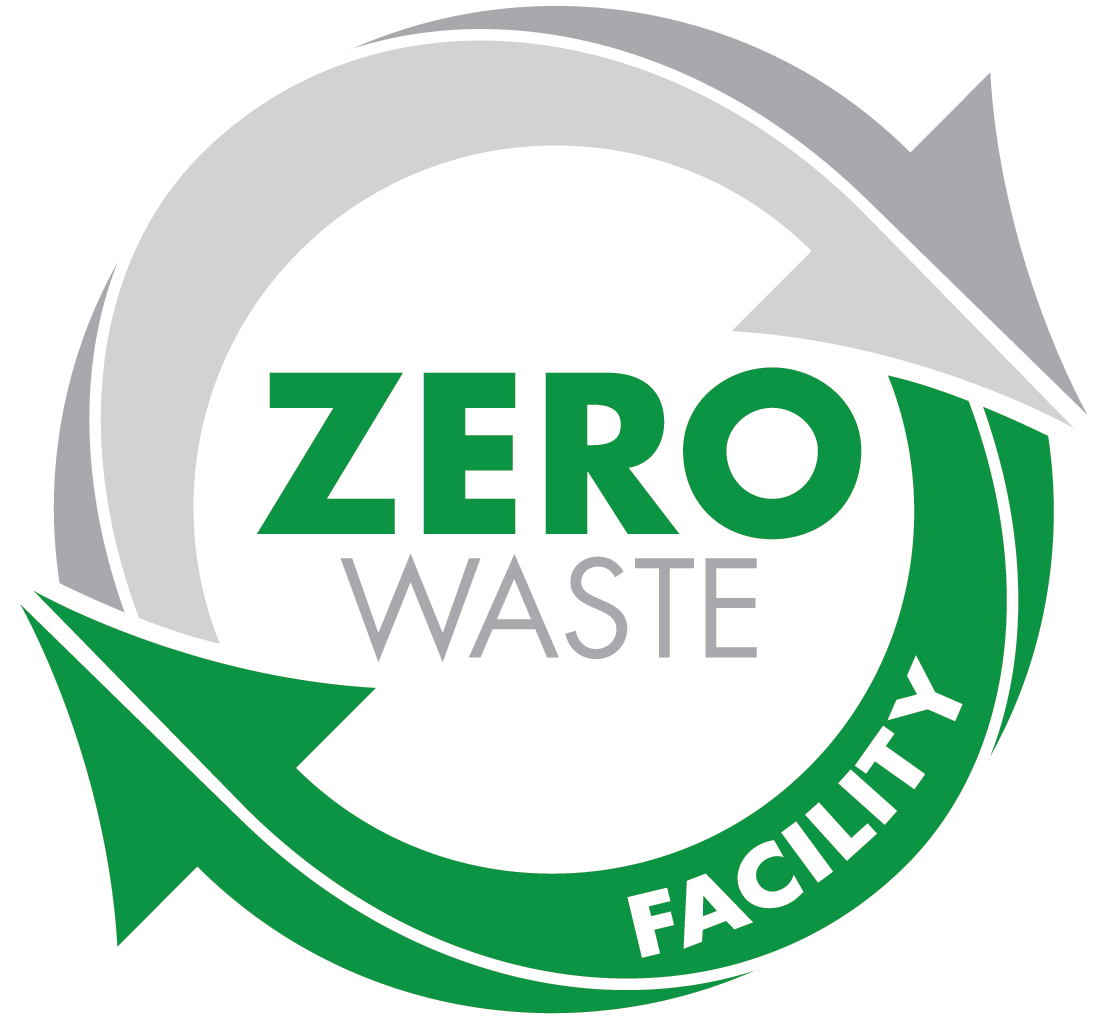Blog
Printed circuit board assembly, or PCBA, is a fairly complex task that results in the production of printed circuit boards. Printed circuit boards are widely used in today’s technological society, being a vital part of nearly every electronic device! Printed circuit boards are ubiquitous and as such, require quality PCBA for them to become the best!
At Permatech Electronics, our PCBA service involves skilled technicians, top quality equipment, and rigorous testing to ensure you get high quality PCBs for your electronic project!
The PCBA process is fairly complex, and involves seven crucial steps:
DFM Check
A DFM Check, or a design for manufacturability check, refers to checking the design to ensure that your PCBA service is capable of manufacturing it! A DFM check entails thorough inspections of the design to ensure that the design is sound and addresses any problems or issues with the design before it is manufactured.
Preliminary Preparations
At this stage, any and all required materials are gathered for the assembly process. From your typical PCB materials such as FR-4, FR-6, and aluminum, the right materials are recommended to produce the best result for the client and their unique specifications.
Stenciling
This is the stage where PCBA actually begins. Using a stencil, solder paste is applied evenly to the board with the help of a machine. Solder paste is used to help hold down any mounted components after the PCBA process has finished.
Mounting
Mounting involves the placing of the individual printed circuit board components on the board. The components vary from board to board, since every client’s needs are different. The mounting process was typically done through manual means but this stage has become much easier due to the advancements of automated technology which allows for a much more efficient process.
Re-Flow Soldering
While the solder paste and components are on the board, this stage involves achieving permanent adherence between the paste and the components to the PCB. The PCB is taken through a conveyor oven that melts the solder paste to permanently solidify and hold all the components in place.
AOI Testing
AOI testing, or Automated Optical Inspection, refers to the inspection of any surface-level defects on the PCB. Using a computer program and advanced camera systems, a machine thoroughly and efficiently scans the PCB to find any problems that may have arisen during the assembly process.
Functional Testing
While AOI detects any physical errors on the PCB itself, functional testing involves ensuring the PCB works. From testing the printed circuit board’s behaviour and functionality, functional testing makes sure that the PCB has full functionality and works as per the client’s expectations and unique requirements.
When you require PCBA for whatever electrical project or application you might have, we at Permatech Electronics offer a quality service for you! We offer affordable options to build you the right printed circuit board tailored to your specific needs!






